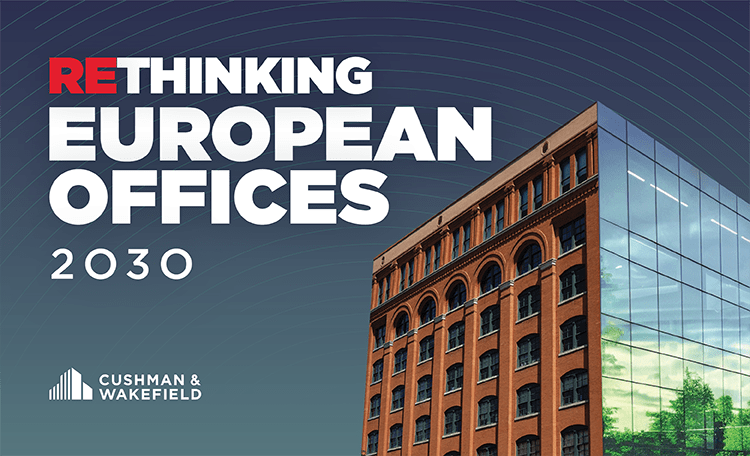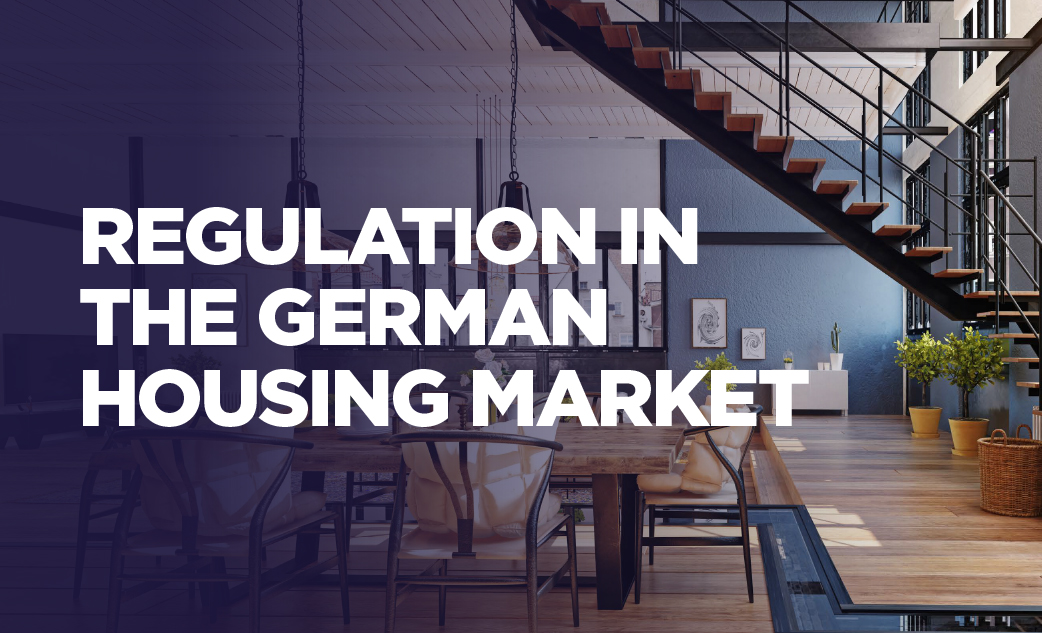746,700 sq m of office space was let or allocated to owner-occupiers in Germany's top-5 office markets in Q3 2022, according to research by international real estate consultancy Cushman & Wakefield. Overall, take-up in the first three quarters totalled 2.17 million sq m - 16 percent more than in the same period last year. As in the previous quarter, the recovery of the letting markets is progressing, while economic forecasts have become significantly more pessimistic. Economic institutes expect a recession in 2023, which will also be felt in the letting market.
Good letting level over the course of the year
Take-up in Q3 2022 is 2 percent down on the previous quarter but significantly up on Q1 (13 percent). In the quarter under review, there were seven major leases of 10,000 sq m or more (21 in the year to date as a whole), four of which were in Berlin alone. For the coming final quarter, Cushman & Wakefield expects take-up to remain stable, resulting in a total annual take-up of just under 3 million sq m - which would be 6 percent higher than the figure for 2021. Two opposing influences will affect market development in 2023: On the one hand, the continuing need for office users to catch up and make changes after the pandemic and, on the other, the expected economic downturn.
Munich and Berlin strongest office markets in terms of take-up
Munich (228,400 sq m) and Berlin (203,900 sq m) are the two markets with the highest take-up in the third quarter - they also lead the statistics for the year to date. With the exception of Düsseldorf which contracted by 4 percent and Berlin, which remained static, cumulative take-up for the first nine months shows strong growth - for example in Munich by 35 percent, Hamburg by 30 percent and Frankfurt by 15 percent The lettings to Dataport (Hamburg, City Süd) and Personio (Munich, City Centre) were the largest contributors to take-op in the quarter, at around 40,000 sq m each.

Digital sector is stronger tenant
In a comparison of sectors, information and communication technology and online platforms, with 19 percent of take-up, was ahead of the industrial sector with 15 percent. Public administration, which in previous years made a double-digit contribution to take-up, is at 8 percent this year. The largest sector in a single market was banks and financial service providers in Frankfurt at 26 percent.
Hardly any change in vacancy levels
Vacancy in office space in the top-5 markets stood at 4.2 million sq m at the end of Q3 2022. This corresponds to a vacancy rate of 5.4 percent and is 0.4 percentage points higher than a year earlier. After a good ten quarters with a steady fall in vacancy, a slight increase can now be observed, if not very substantial. The previously mentioned economic slowdown in conjunction with a very high completion volume in 2023 does however lead us to expect a further increases. Among the five markets, Hamburg has the lowest vacancy, both in absolute terms and in terms of the vacancy rate – with a flat trend over recent quarters.

Completion at a high level
In Q3 320,000 sq m of office space was completed, bringing the total for the year so far to around 918,000 sq m. This is 36 percent above the average of the past 5 years. More than three quarters of the completions in the current year were already let or assigned to owner-occupiers at the time of completion. In the coming year, more than 2 million sq m of new or refurbished office space will be completed, the largest proportions of which will be in Berlin and Munich. Currently, 45 percent of this space is still vacant. This proportion will fall in the course of the coming quarters, but will have an impact on the vacancy trend in 2023. In the top-5 markets, 4.1 million sq m of office space is currently under construction. With the exception of Düsseldorf, all markets currently have a lower construction volume than a year ago.
Christian Lanfer, Head of Office Agency Germany at Cushman & Wakefield, comments: "The high level of completions provides office occupiers with the opportunity to create an attractive office environment for their workforce as part of their back-to-office strategies following the Covid-19 pandemic. This puts pressure on providers of existing space of inferior quality and location. Because, for the most part, they cannot compensate for these disadvantages via lower rents."
Prime rents continue to rise
In the markets of Berlin (EUR 1.00 EUR), Munich and Hamburg (both EUR 0.50), the prime rents rose in the course of the quarter. Compared to the equivalent quarter last year, they have risen in all five markets - with the strongest increase in Berlin at 10 percent. The prime rent index for the top-five markets was at 150.9 points (2010=100) at the end of Q3 2022, indicating an increase of 6.1 percent over the 12-month period. Cushman & Wakefield expects a further slight increase by the end of the year and growth of a good 2 percent in the coming year.
Compared to the previous quarter and the equivalent quarter last year, the average rent has risen in all markets except Frankfurt - in Hamburg and Düsseldorf by over 16 percent year-on-year.
Rent-free periods in prime city centre locations are stable compared to the previous quarter. In relation to a five-year lease, rent-free periods average 5.5 percent across all top-5 markets.






